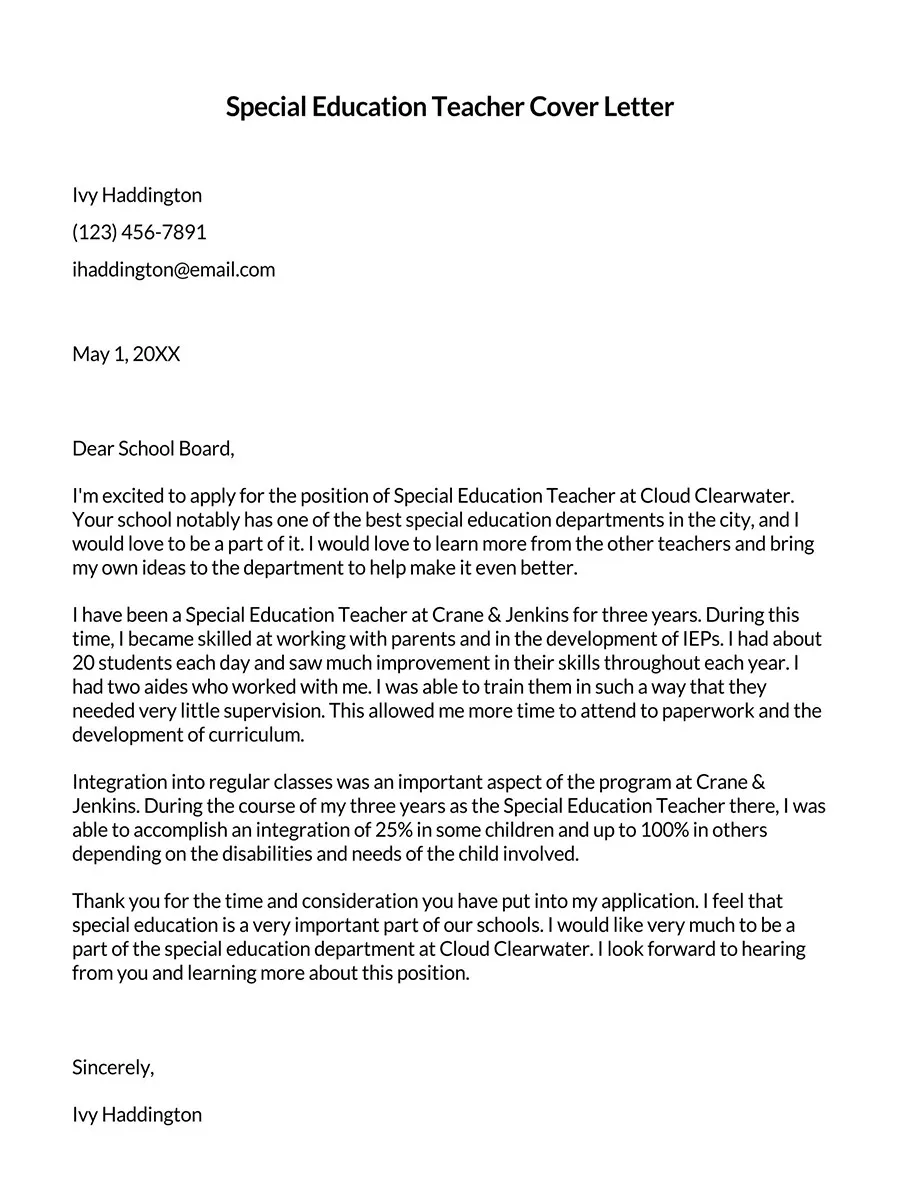Understanding the Cover Letter’s Importance
A cover letter is more than just a formality; it’s your first opportunity to make a lasting impression on a hiring committee. It acts as your personal introduction, offering a glimpse into your qualifications, experience, and passion for teaching. A well-crafted cover letter can significantly increase your chances of landing an interview, while a poorly written one can lead to your application being overlooked. In the competitive landscape of university teaching positions, where numerous candidates vie for the same roles, a compelling cover letter can be the differentiating factor that sets you apart from the rest. Therefore, dedicating time and effort to create a strong cover letter is an investment in your career.
Why is a Cover Letter Important
Your cover letter is a crucial document for several reasons. First, it allows you to expand upon your resume, providing context and depth to your experiences. You can elaborate on specific projects, teaching methodologies, or research findings, demonstrating a more nuanced understanding of your field. Secondly, a cover letter enables you to showcase your personality, writing style, and communication skills. This gives the hiring committee a sense of who you are beyond your credentials. Finally, it’s an opportunity to express your genuine interest in the specific position and the institution. By demonstrating a clear understanding of the role and aligning your goals with the university’s mission, you can create a compelling case for your candidacy.
First Impressions Matter
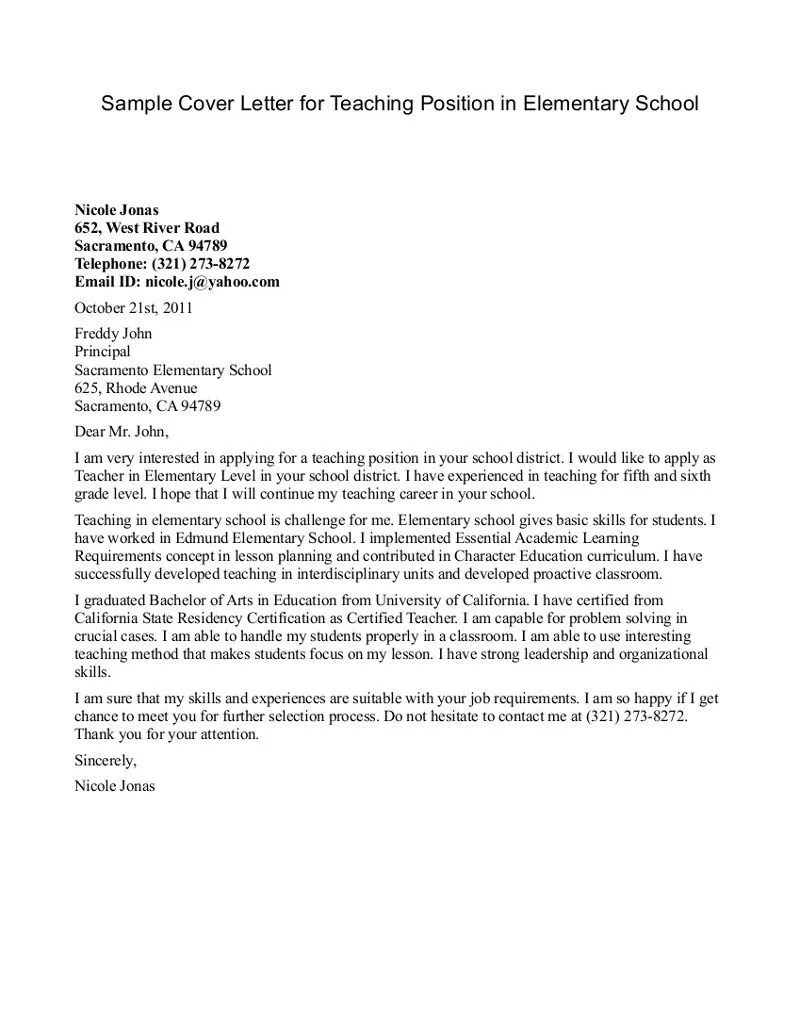
The opening paragraph is your chance to grab the reader’s attention. Instead of starting with generic phrases, try to make a compelling statement that immediately captures their interest. This could involve mentioning a specific achievement, highlighting your unique skills, or expressing your enthusiasm for the position. The first few sentences set the tone for the rest of the letter, so make sure they are concise, engaging, and directly relevant to the role. A strong opening paragraph signals your professionalism and your ability to communicate effectively, leaving a positive first impression that can influence the hiring committee’s perception of your application from the very start. Remember, the initial impression is often the most impactful.
Key Components of a Strong Cover Letter
A well-structured cover letter comprises several key elements, each serving a specific purpose in highlighting your qualifications and demonstrating your suitability for the position. These components work together to create a cohesive and persuasive narrative that resonates with the hiring committee. Addressing each element meticulously and tailoring it to the specific job requirements is crucial for maximizing your chances of securing an interview. By understanding and effectively utilizing these key components, you can craft a cover letter that showcases your strengths and makes a lasting impression on the selection committee.
Contact Information and Salutation
Begin your cover letter with your contact information, including your name, address, phone number, and email address. This ensures that the hiring committee can easily reach you. Then, address the letter to the specific person, if possible. Research the department’s website or use LinkedIn to find the hiring manager’s name. A personalized greeting shows you’ve done your homework and demonstrates your attention to detail. If you can’t find a name, use a professional salutation such as “Dear Hiring Committee” or “Dear Search Committee.” Avoid generic greetings like “To Whom It May Concern.”
Opening Paragraph The Hook
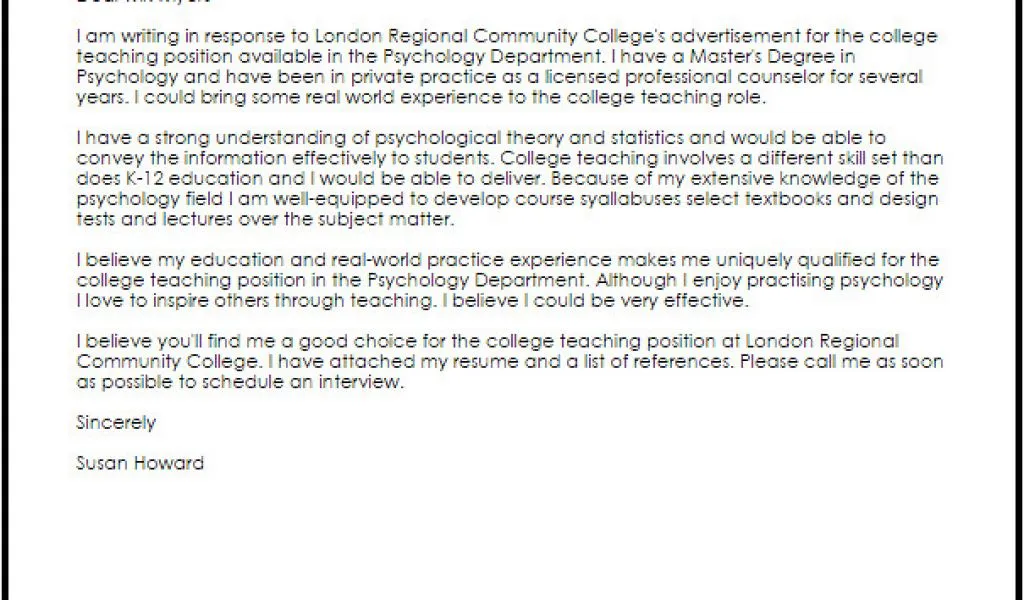
The opening paragraph is your chance to make a strong first impression. Start by stating the position you are applying for and where you saw the advertisement. Then, briefly highlight your key qualifications and your enthusiasm for the role. This is where you grab the reader’s attention and make them want to learn more about you. Consider mentioning a specific achievement or skill that aligns with the job requirements to immediately showcase your value. Keep it concise, engaging, and tailored to the specific position. A compelling opening sets the stage for the rest of the letter, signaling your professionalism and ability to communicate effectively.
Highlighting Your Teaching Experience
Provide a clear and concise overview of your teaching experience. Mention the courses you’ve taught, the levels of students you’ve worked with, and the teaching methodologies you’ve employed. If you have experience with curriculum development, assessment, or student mentoring, be sure to highlight it. Use action verbs to describe your responsibilities and accomplishments. Instead of just listing your duties, explain how you have positively impacted students or improved teaching outcomes. Focus on your most relevant experiences and how they align with the requirements of the position. Show that you are a skilled and effective educator.
Quantifying Your Achievements
Whenever possible, quantify your achievements with data and specific examples. Instead of saying “I improved student engagement,” say “I increased student engagement by 15% through innovative teaching strategies.” Similarly, if you’ve received positive student evaluations, mention the scores or specific comments. Providing concrete evidence of your accomplishments demonstrates your impact and helps the hiring committee understand your value. Use numbers, percentages, and specific outcomes to make your achievements more persuasive and memorable. This adds credibility to your claims and showcases your ability to achieve results.
Showcasing Relevant Skills
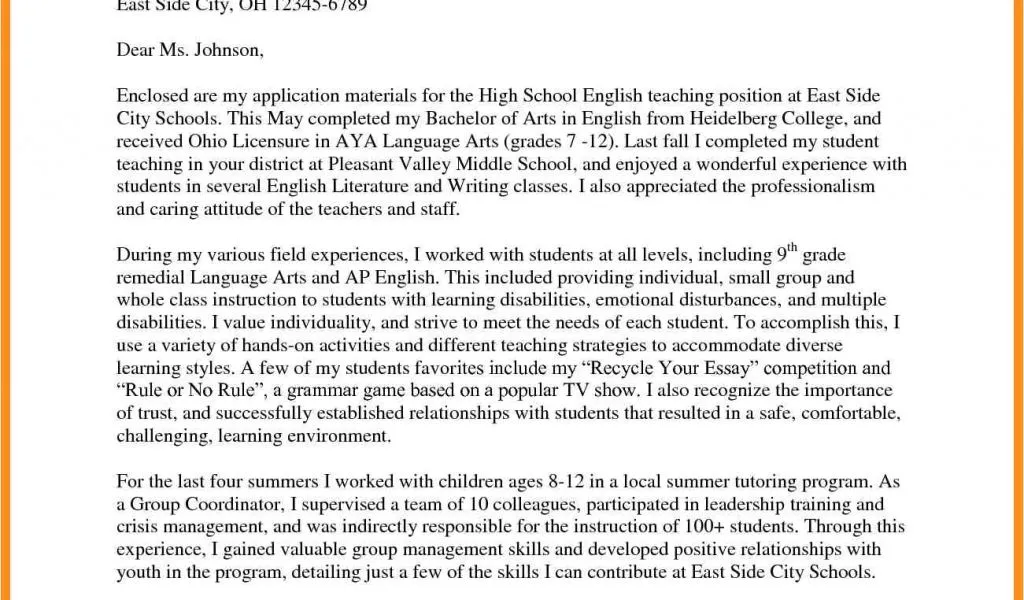
Identify the key skills required for the teaching position and demonstrate how you possess them. These skills might include curriculum development, classroom management, communication, assessment, and technology integration. Provide specific examples of how you’ve used these skills in your teaching experience. For instance, if the job description mentions a need for experience with online learning platforms, describe your experience using them. Tailor this section to the specific requirements of the job and highlight the skills that make you an ideal candidate. This shows the hiring committee that you have the necessary qualifications to excel in the role.
Mentioning Research and Publications
If the position requires research, showcase your research experience and publications. Mention your research interests, the focus of your publications, and any grants or awards you’ve received. Explain how your research aligns with the department’s goals or the university’s research priorities. If you are applying for a research-focused position, this section is critical. Highlight your contributions to the field and demonstrate your ability to contribute to the university’s research agenda. Provide concise summaries of your research projects and their significance to show your research prowess and value to the academic community.
Demonstrating a Passion for Teaching
Express your genuine passion for teaching and your commitment to student success. Explain why you enjoy teaching, what motivates you, and your teaching philosophy. Share your approach to creating an engaging and inclusive learning environment. If possible, mention how you integrate innovative teaching methods to help students succeed. Show the hiring committee that you are not only qualified but also enthusiastic about working with students and contributing to their academic growth. Demonstrate a clear commitment to student success by mentioning how you foster a positive and effective learning atmosphere.
Addressing the Specific Job Requirements
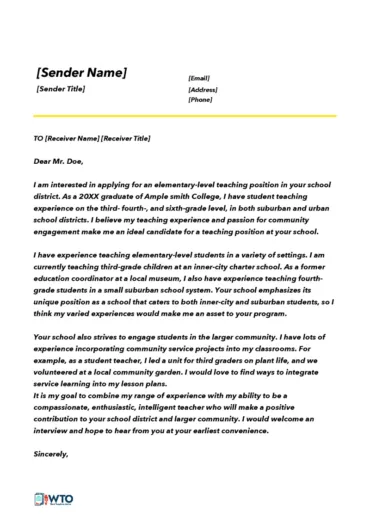
Carefully review the job description and address each of the key requirements. Explain how your qualifications, skills, and experience align with the specific needs of the position. Don’t just rehash your resume; provide specific examples of how you’ve met each requirement. This demonstrates your attention to detail and your understanding of what the university is looking for in a candidate. Tailoring your cover letter to the specific job description demonstrates that you are serious about the position and have taken the time to consider how your skills can contribute to the department’s success. Make it evident that you understand the role’s demands and can meet or exceed them.
Closing the Letter and Call to Action
In your closing paragraph, reiterate your interest in the position and thank the hiring committee for their time and consideration. Include a call to action, such as stating that you are available for an interview and eager to discuss your qualifications further. Reiterate your enthusiasm and your belief that you are a good fit for the role. Provide your contact information again for convenience. A strong conclusion reinforces your key strengths, shows your eagerness, and makes it easy for the hiring committee to take the next step in the application process. End with a professional closing, such as “Sincerely” or “Respectfully,”, followed by your name.
Reviewing and Editing Your Cover Letter
Before submitting your cover letter, carefully review and edit it for clarity, conciseness, and accuracy. Make sure your writing is free of grammatical errors, typos, and awkward phrasing. Check that your cover letter flows logically and that your points are well-organized. Consider having a colleague or mentor review your letter for feedback. Getting a fresh perspective can help you identify areas for improvement. Ensure that your letter adheres to the job posting’s specifications and that you have addressed all the required elements. A well-edited cover letter shows professionalism and increases your chances of making a positive impression.
Proofreading for Errors
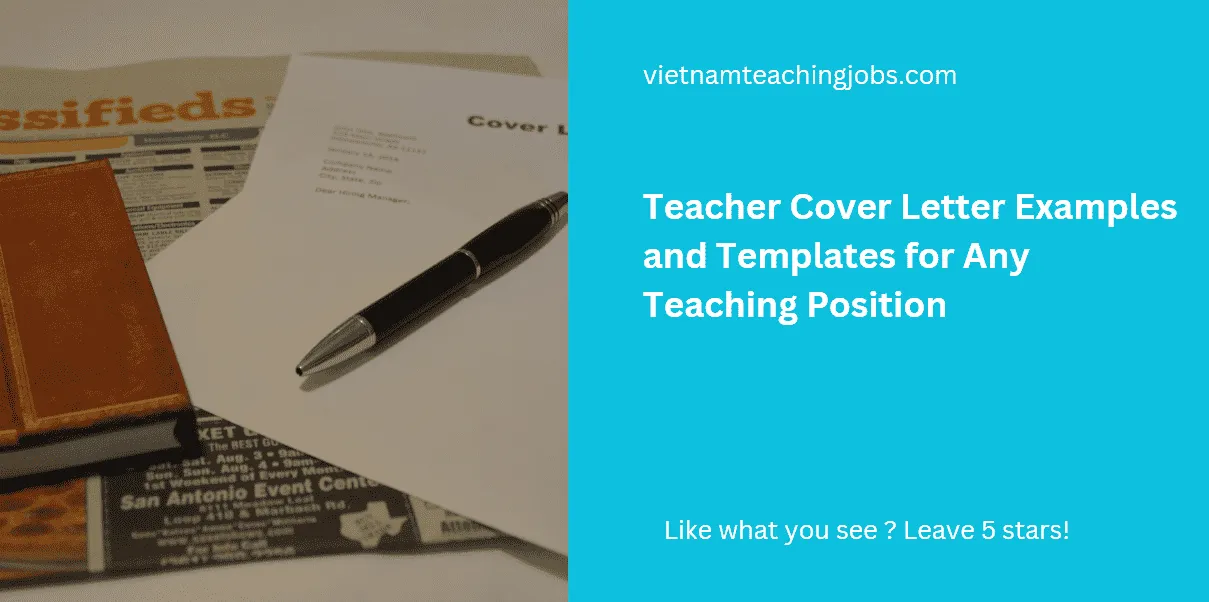
Thorough proofreading is essential to ensure your cover letter is error-free. Mistakes can undermine your credibility and signal a lack of attention to detail. Proofread your letter multiple times, paying close attention to spelling, grammar, punctuation, and formatting. Read your letter aloud to catch any awkward phrasing or inconsistencies. Consider using a grammar and spell-checking tool, but don’t rely on it entirely. Proofreading is a critical step that ensures your cover letter is polished and professional, reflecting positively on your candidacy and presenting you as a careful and detail-oriented individual.
Formatting and Style Tips
Use a professional and easy-to-read font, such as Times New Roman, Arial, or Calibri, with a font size between 11 and 12 points. Use standard margins (1 inch on all sides) and single-space the text, with a double space between paragraphs. Keep your cover letter concise; aim for one page in length. Use clear and concise language, avoiding jargon and overly complex sentences. Break up large blocks of text with paragraphs and bullet points to improve readability. Ensure that your formatting is consistent throughout the document. A well-formatted cover letter is visually appealing and easy to read, making a positive impression on the hiring committee.
Tailoring Your Letter to Each Position
Do not use a generic cover letter for all applications. Customize each cover letter to the specific position and institution. Research the university’s mission, values, and the department’s goals. Tailor your letter to address the specific requirements and priorities of the job. Highlight the skills and experiences that are most relevant to the position. Demonstrating that you have taken the time to tailor your letter to the specific opportunity shows that you are genuinely interested in the role and that you have a clear understanding of the institution’s needs. This personalized approach significantly enhances your application.
